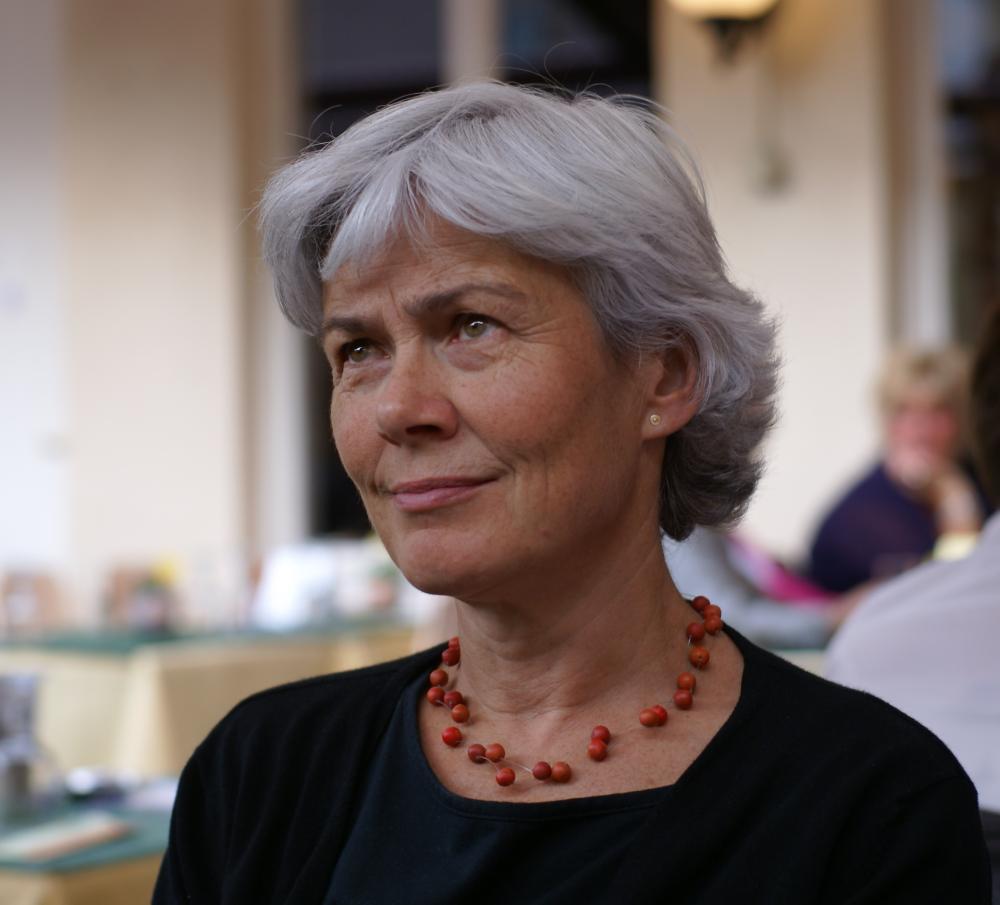Questions we don't dare to ask
About the series
This is the first piece of a series of articles that a take a critical look at the state-of-the-art in restorative justice. The articles will be collected and published in the 3rd issue of this year's Newsletters, due in autumn 2021. This is the introduction of the series by the Claudia Christen-Schneider and Heidi Jokinen.
For many readers of The Restorative Blog, restorative justice has indeed proven its strengths. We believe in the many possibilities that this way of responding to harm offers. We are prepared to insist on the right of restorative justice to be recognised as a fruitful practice we may even consider it more fruitful than some other methods of conflict resolution. However, such insistence carries a risk.
When we are too sure of something, it is easy to become blind to its weaknesses. We start to insist on certain things that seem fundamental to us and may forget or ignore the fact that restorative justice, like any other practice, also needs innovation and development. It is important to be humble enough to allow critical reflection, to be open to constructive criticism and to respond to it with an open mind.
What worked in the past may not work today - and further changes may well be needed tomorrow to meet the needs of those we serve. We may have to let go of certain things and "kill our darlings". An open attitude is needed to consider approaches or methods that may seem very new and unusual but could serve to make restorative justice accessible to more people and also render it flexible and responsive to the needs of those affected by harm.
To have a critical and self-reflective eye courage is needed, and we need to step out of our comfort zone. The goal is for restorative justice to serve the parties rather than the practitioners, and so we need to ask ourselves what changes might be needed to adapt restorative services to the needs and challenges of the times in which we live, and to consider what traditions might need to be discarded as they serve us rather than the parties. Are we open to allowing and even welcoming change in our practice if it ultimately benefits the people we serve, or do we prefer to stick to our familiar practices because they suit us better and carry less risk?
This series aims to venture a constructive critical reflection on the current practice of restorative justice and asks experts to offer their thoughts and insights from very different perspectives. As readers, we may come from a very different background and not agree with everything. Nevertheless, we hope that the texts will inspire readers to reflect and encourage them to ask critical questions themselves and to be open to new ideas.




